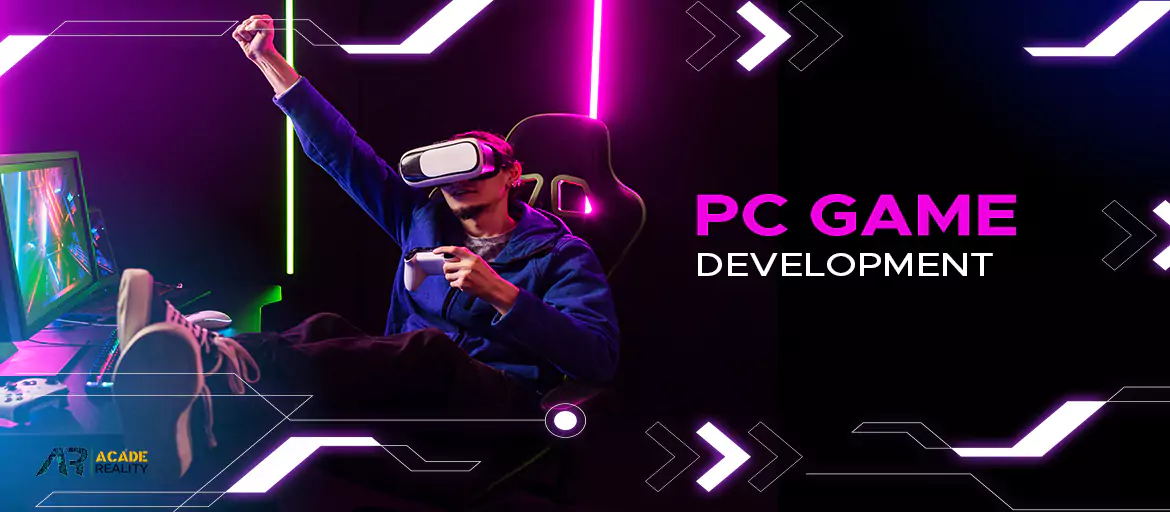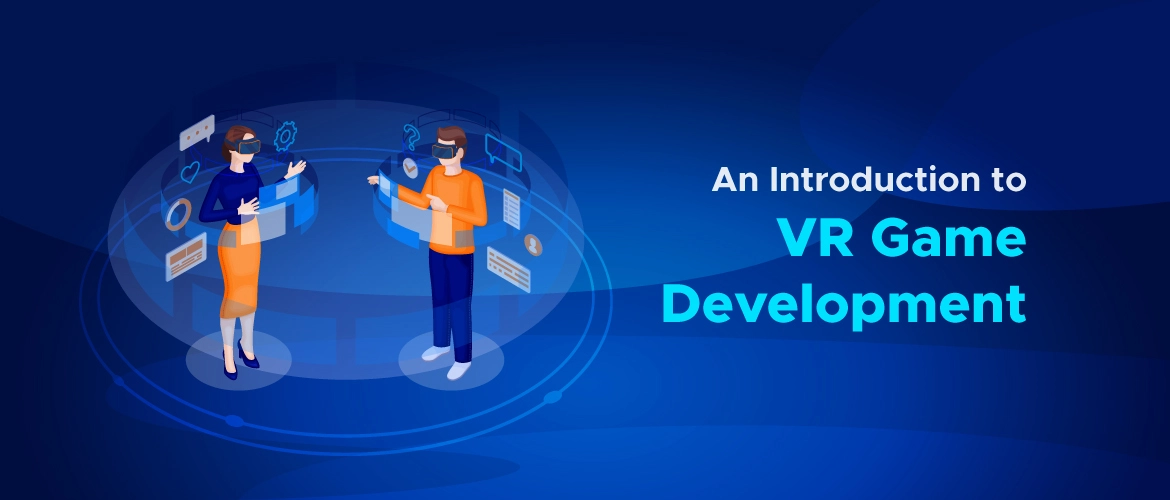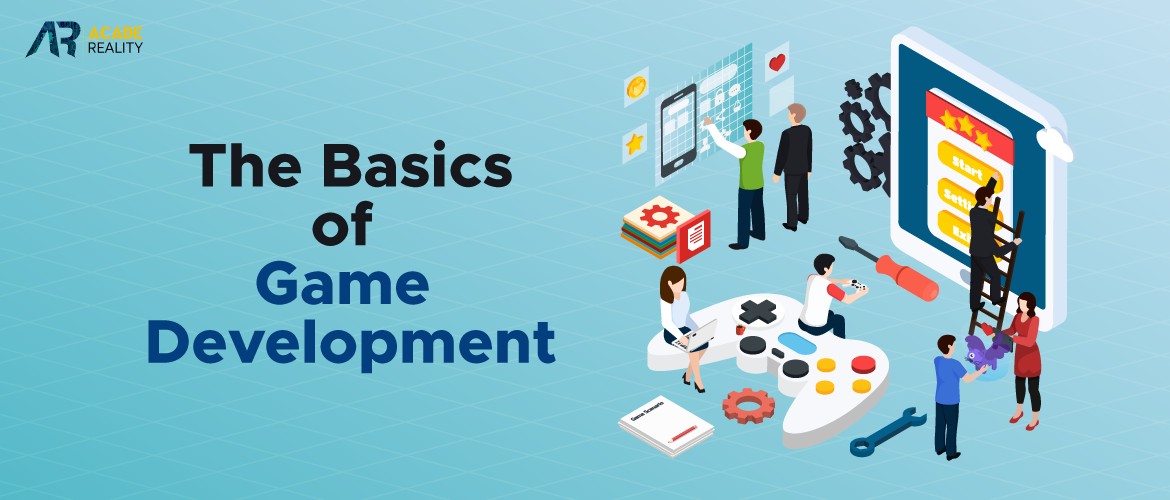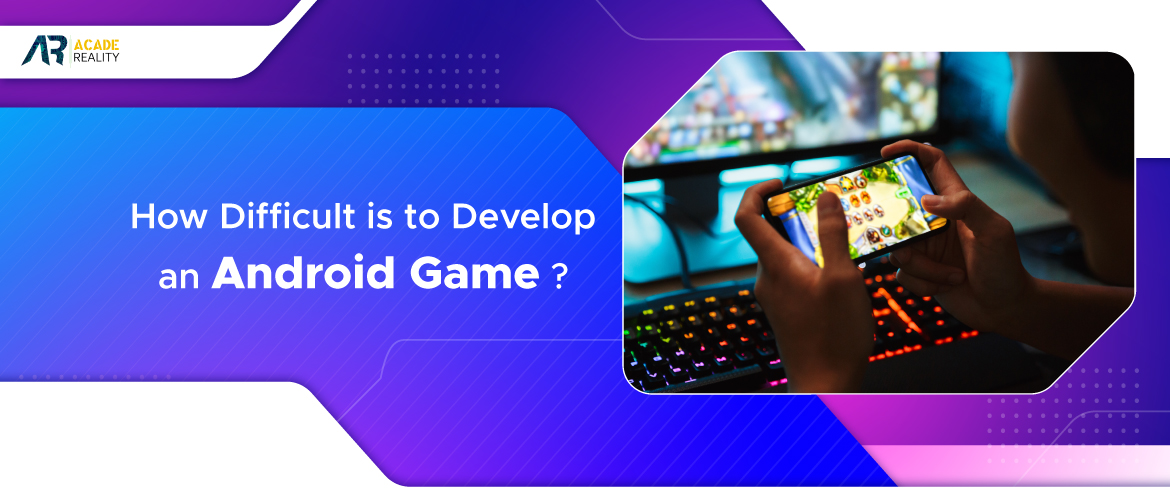Art in Game Development: Creating Stunning Visuals and Assets
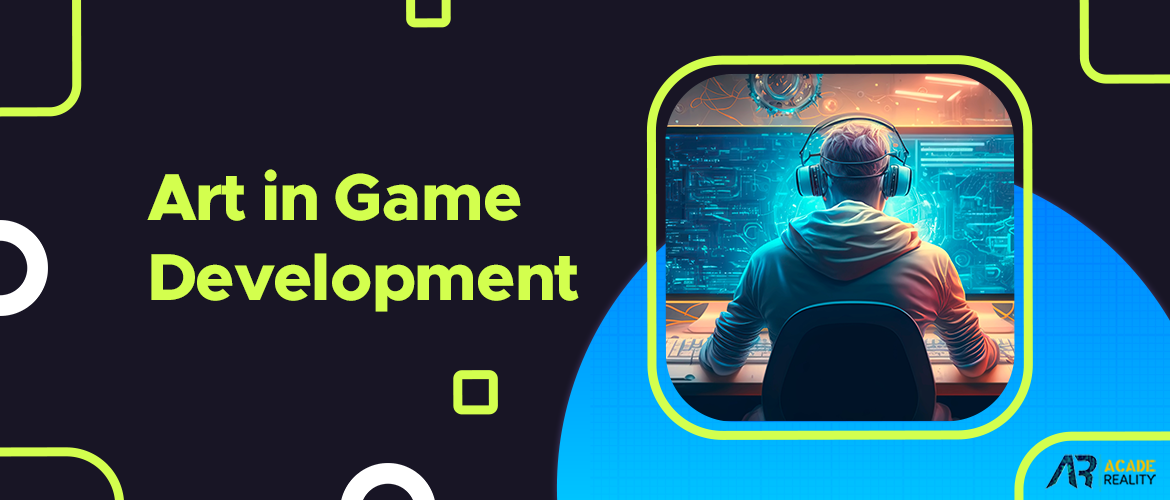
Where innovation is key and visual appeal is paramount, the infusion of art into the design process emerges as a game-changer. For business owners, professionals, and job seekers alike, understanding the nuances of art in game design is pivotal. It goes beyond mere aesthetics, shaping the very essence of a game and elevating user experiences to unparalleled heights. In this captivating intersection of creativity and technology, artists become architects of digital realms, sculpting immersive universes that captivate audiences globally. The canvas of game design is expansive, allowing for a symphony of artistic expression to unfold, from the initial strokes of concept art to the intricate dance of animated characters. Each stroke of creativity is a brushstroke that weaves the narrative, making art an indispensable cornerstone in the foundation of every game.
Art in Game Design: Unveiling the Canvas of Creativity
Designing games with creativity is a multifaceted gem, with various types contributing to the visual tapestry of a virtual world. From concept art that breathes life into ideas to character design that establishes emotional connections, each facet plays a crucial role. Environments become immersive through detailed environmental art, and animation brings characters to life with fluid movements. Understanding these types of art in game design not only aids business owners in envisioning their products but also empowers professionals to specialize and excel in their craft.
The Palette of Possibilities: Types of Art in Game Design
Embarking on the thrilling journey of game design unveils a vast and diverse landscape of artistic expression. Within this expansive canvas, various types of art intertwine to shape the visual allure of virtual worlds. Let's delve deeper into the rich tapestry of artistic possibilities, exploring the nuanced roles each type plays in crafting memorable gaming experiences.
1. Concept Art
The genesis of any captivating game lies in the ethereal realm of concept art. This artistic precursor acts as the beacon, illuminating the path for developers and artists alike. It's not merely about sketching ideas; rather, it's the manifestation of imagination and vision. Concept artists breathe life into nebulous concepts, providing a tangible form to the fantastical realms that players will eventually explore.
2. Character Design
Characters are the beating heart of any game, and their design is an art form in itself. Character artists delve into the psychology of players, creating protagonists and antagonists that resonate on emotional levels. From the subtle quirks in facial expressions to the meticulous detailing of attire, character design is a captivating dance between aesthetics and narrative depth.
3. Environmental Art
The virtual worlds within games are more than just backdrops; they are immersive experiences waiting to be explored. Environmental artists wield their brushes to paint the landscapes that serve as the backdrop to epic quests and adventures. The play of light and shadow, the meticulous placement of elements—each stroke contributes to the creation of atmospheric settings that pull players into the very fabric of the game's narrative.
4. Animation
As characters traverse these meticulously crafted environments, animation breathes life into their every movement. Animation artists are storytellers in motion, weaving narratives through the fluidity of character actions. Be it the graceful swish of a cloak or the thunderous impact of a melee attack, animations inject dynamism into the gaming experience, enhancing player engagement and immersion.
5. UI/UX Design
Beyond the visual grandeur of characters and environments, the user interface (UI) and user experience (UX) design are the unsung heroes of game design. UI/UX artists craft the pathways through which players interact with the game. From intuitive menus to seamless navigation, their artistry ensures that the gameplay experience remains smooth, intuitive, and visually cohesive.
Crafting Visual Excellence: A Nexus of Creativity and Technology
Game developers, much like skilled artisans, navigate the delicate balance between creativity and technology to craft visual experiences that leave an indelible mark on players. The advent of advanced graphics engines and immersive technologies has elevated the standard for visual excellence in the gaming industry. Artists and developers collaborate to harness the full potential of these tools, translating imaginative concepts into stunning visuals. The synergy between high-fidelity graphics, realistic physics engines, and innovative rendering techniques allows for the creation of visually arresting worlds that captivate players from the first frame.
In the pursuit of visual brilliance, the iterative nature of game development becomes a canvas for continuous improvement. The feedback loop between artists, developers, and players ensures that the visual elements are not static but evolve to meet the ever-changing expectations of the gaming community. This iterative process also demands a deep understanding of hardware capabilities, pushing developers to optimize art assets for various platforms without compromising the intended visual impact. Striking this delicate balance requires a profound appreciation for both the artistic vision and the technical constraints, transforming the act of crafting visuals into a dynamic and adaptive journey.
As technology evolves, so does the canvas upon which game developers paint their masterpieces. The advent of virtual reality (VR) and augmented reality (AR) introduces new dimensions to visual storytelling. Artists now grapple with the challenge of creating environments and characters that not only look impressive on traditional screens but also seamlessly integrate into the immersive realms of VR and AR. This evolution in technology not only expands the horizons of artistic expression but also underscores the pivotal role of adaptability in the pursuit of visual excellence. In this ever-evolving landscape, game developers must not only keep pace with technological advancements but also push the boundaries to redefine what is visually achievable in the realm of gaming.
The Business of Art: Garnering Success through Visual Brilliance
For business owners, the visual allure of a game is often the first point of contact with potential players. Understanding the impact of types of art in game design allows them to make informed decisions that resonate with their target audience. Whether it's commissioning bespoke character designs, investing in captivating environments, or ensuring a smooth and intuitive UI, the incorporation of art into the business strategy can be a game-changer.
In the competitive gaming industry landscape, where first impressions can make or break a product, investing in high-quality art becomes a strategic imperative. Visually stunning games not only attract players but also enhance brand identity and recall. Engaging a skilled team of artists or partnering with experienced Game Development Services can set a game apart from the crowd, creating a unique selling proposition that resonates with the discerning tastes of today's gamers. It's not just about graphics; it's about creating a visual identity that becomes synonymous with the brand, fostering player loyalty, and ensuring longevity in an ever-evolving market.
Moreover, the business of art extends beyond the game itself. In an era where digital aesthetics spill over into marketing, social media, and merchandise, the art created for a game becomes a versatile asset. Striking character designs can become mascots, environmental art can inspire promotional materials, and snippets of animation can become viral marketing content. Recognizing the broader applications of game art allows business owners to leverage their investments across various channels, maximizing the impact of their visual assets and creating a cohesive brand presence that transcends the gaming world.
As gaming continues to transcend traditional entertainment boundaries, businesses that prioritize the artistic elements of game development position themselves not only as providers of games but as creators of immersive experiences. In a world where visual brilliance often defines success, the business of art in game design emerges as a strategic cornerstone, enabling businesses to not only survive but thrive in the ever-evolving and visually-driven gaming industry.
Empowering Professionals: Navigating Career Paths in the Artistic Landscape of Game Development
Professionals seeking to carve a niche in the game development industry can leverage their artistic skills to unlock a myriad of opportunities. Specializing in a particular type of game art, honing animation techniques, or mastering the intricacies of UI/UX design opens doors to a diverse array of roles. With the gaming industry continually expanding, there's plenty of demand for skilled artists who can contribute to the visual excellence of games.
In conclusion, the fusion of art and game development is a captivating journey where creativity converges with technology to create immersive worlds. Business owners, professionals, and job seekers alike can harness the power of art in game design to elevate their ventures, careers, and creations to unprecedented heights. As the industry evolves, the interplay between visual aesthetics and technical prowess will remain at the forefront, shaping the future of gaming.
You Might Like
